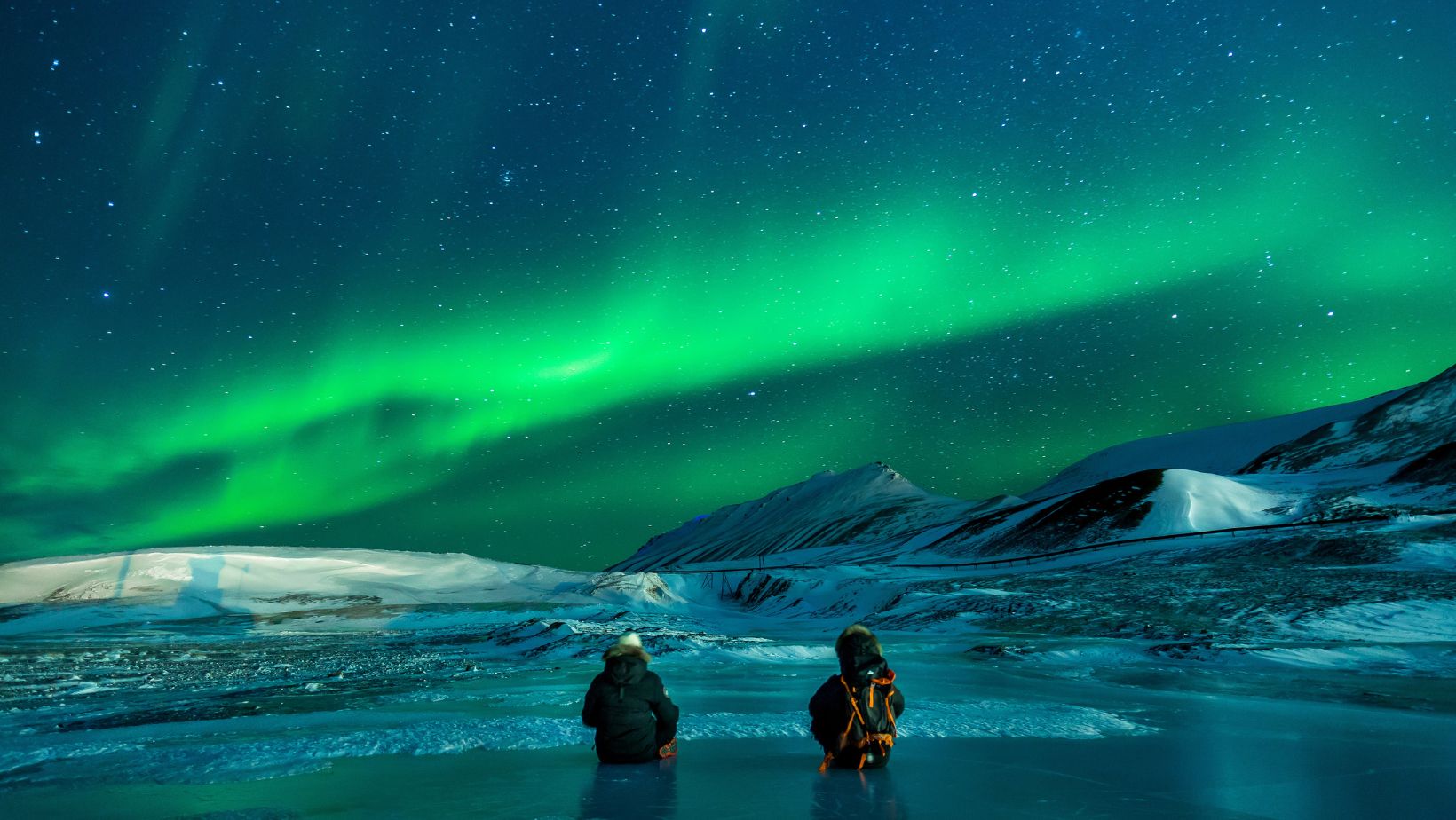Anime adventures once captured the hearts of millions, transporting viewers to fantastical worlds brimming with excitement and emotion. However, many fans have noticed a shift in recent years. The vibrant, imaginative tales that once defined the genre seem to be evolving, leaving some enthusiasts wondering what exactly happened.
What Happened to Anime Adventures
The shift in the anime industry has left many fans wondering about the fate of anime adventures. This change is evident in various aspects of anime production and storytelling.
From Classic Series to Modern Innovations
Classic anime series such as “Naruto,” “Dragon Ball,” and “One Piece” captivated audiences with their adventurous plots and dynamic characters. These series set a high standard for what anime adventures could be. However, modern innovations in animation technology, streaming platforms, and global distribution have transformed how these stories are told. Studios now focus on high-quality visuals and diverse genres, often at the expense of traditional adventure narratives. While this shift offers new opportunities for creativity, it sometimes leaves long-time fans yearning for the classic adventure feel.
Changes in Theme and Tone
The themes and tones of anime have also evolved significantly. Earlier anime series mainly centered on epic journeys, battles, and heroic quests. In contrast, contemporary anime often explores complex psychological themes, social issues, and character-driven narratives.

This evolution caters to a broader, more mature audience but may not always capture the same adventurous spirit of classic series. For example, series like “Attack on Titan” and “Tokyo Ghoul” delve into darker, more intricate storylines, moving away from the lighthearted, adventure-filled episodes that defined the genre in the past.
Impact on Popular Culture
Anime adventures have significantly impacted popular culture, infiltrating various aspects of everyday life and entertainment.
Influence on Global Entertainment
Anime’s global reach has grown exponentially, influencing Hollywood films, television shows, and more. Directors like Quentin Tarantino and Guillermo del Toro often reference anime in their work. Western animation studios, such as DreamWorks and Pixar, incorporate anime-inspired elements into their films. Examples include “Kung Fu Panda” and “Big Hero 6,” where character designs and storytelling methods draw from anime traditions. Many streaming platforms, like Netflix and Hulu, have added extensive anime libraries, demonstrating the genre’s increasing international appeal.
Merchandising and Media Expansion
Anime adventures have sparked a booming merchandise industry, from action figures to clothing lines. Popular series like “Naruto,” “One Piece,” and “My Hero Academia” have extensive merchandise that generates significant revenue.

Collaborations between anime franchises and major brands, such as “Attack on Titan” and Uniqlo, result in exclusive apparel lines. Video games based on anime adventures, such as “Dragon Ball Z: Kakarot” and “One Piece: Pirate Warriors,” achieve commercial success and expand the narrative universe. Additionally, manga adaptations and spin-offs offer fans deeper engagement with their favorite series. The heightened demand for anime merchandise reflects anime’s broad acceptance and integration into popular culture.
Challenges Facing Anime Adventures Today
Issues with Piracy and Distribution
Piracy remains a significant hurdle for anime creators and distributors. Illegal streaming sites and torrent platforms circulate episodes without generating revenue for production companies. This widespread piracy reduces the funds available for creating new content and affects licensing deals. Legitimate streaming platforms like Crunchyroll and Funimation face tough competition, impacting subscription numbers and advertising revenue, vital for sustaining the anime industry.
Balancing Creativity and Marketability
Striking a balance between artistic creativity and market demands poses another challenge. Creators aim to produce unique, engaging stories while adhering to market trends.

Popular series (e.g., Sword Art Online, Attack on Titan) sometimes face criticism for prioritizing commercial appeal over narrative integrity. The need for merchandise sales and franchise expansions forces production studios to make creative compromises, which can dilute original artistic visions and disappoint long-time fans. Balancing these aspects requires careful planning and industry awareness.
Conclusion
Anime adventures have undeniably transformed over the years adapting to new storytelling techniques and technological advancements. Their influence stretches far beyond Japan impacting global pop culture and even Hollywood. However the industry faces significant challenges from piracy to balancing creativity with commercial pressures. Despite these hurdles the enduring appeal of anime adventures suggests a resilient and evolving genre ready to captivate audiences for years to come.

